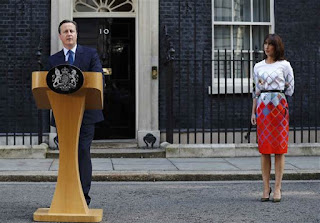Russian propaganda effort helped spread ‘fake news’ during election, experts say
The flood of “fake news”
this election season got support from a sophisticated Russian
propaganda campaign that created and spread misleading articles online
with the goal of punishing Democrat Hillary Clinton, helping Republican
Donald Trump and undermining faith in American democracy, say
independent researchers who tracked the operation.
Russia’s increasingly sophisticated propaganda machinery — including thousands of botnets, teams of paid human “trolls,” and networks of websites and social-media accounts — echoed and amplified right-wing sites across the Internet as they portrayed Clinton as a criminal hiding potentially fatal health problems and preparing to hand control of the nation to a shadowy cabal of global financiers. The effort also sought to heighten the appearance of international tensions and promote fear of looming hostilities with nuclear-armed Russia.
Two teams of independent researchers found that the Russians exploited American-made technology platforms to attack U.S. democracy at a particularly vulnerable moment, as an insurgent candidate harnessed a wide range of grievances to claim the White House. The sophistication of the Russian tactics may complicate efforts by Facebook and Google to crack down on “fake news,” as they have vowed to do after widespread complaints about the problem.
Russia’s increasingly sophisticated propaganda machinery — including thousands of botnets, teams of paid human “trolls,” and networks of websites and social-media accounts — echoed and amplified right-wing sites across the Internet as they portrayed Clinton as a criminal hiding potentially fatal health problems and preparing to hand control of the nation to a shadowy cabal of global financiers. The effort also sought to heighten the appearance of international tensions and promote fear of looming hostilities with nuclear-armed Russia.
Two teams of independent researchers found that the Russians exploited American-made technology platforms to attack U.S. democracy at a particularly vulnerable moment, as an insurgent candidate harnessed a wide range of grievances to claim the White House. The sophistication of the Russian tactics may complicate efforts by Facebook and Google to crack down on “fake news,” as they have vowed to do after widespread complaints about the problem.
There
is no way to know whether the Russian campaign proved decisive in
electing Trump, but researchers portray it as part of a broadly
effective strategy of sowing distrust in U.S. democracy and its leaders.
The tactics included penetrating the computers of election officials in
several states and releasing troves of hacked emails that embarrassed Clinton in the final months of her campaign.
“They
want to essentially erode faith in the U.S. government or U.S.
government interests,” said Clint Watts, a fellow at the Foreign Policy
Research Institute who along with two other researchers has tracked
Russian propaganda since 2014. “This was their standard mode during the
Cold War. The problem is that this was hard to do before social media.”


Comments
Post a Comment